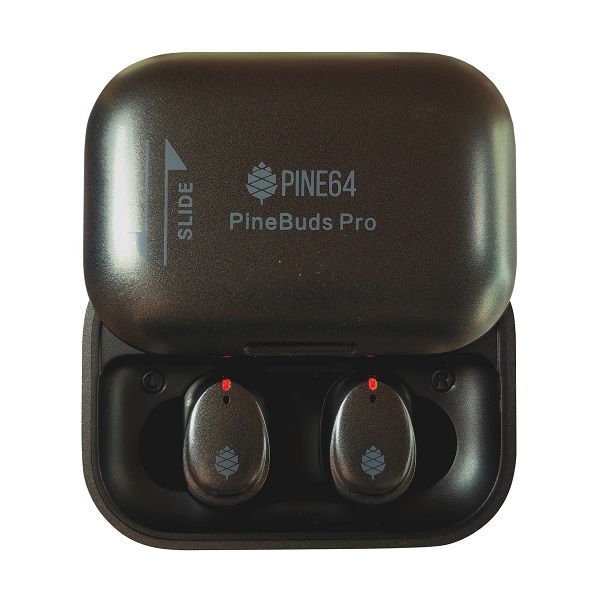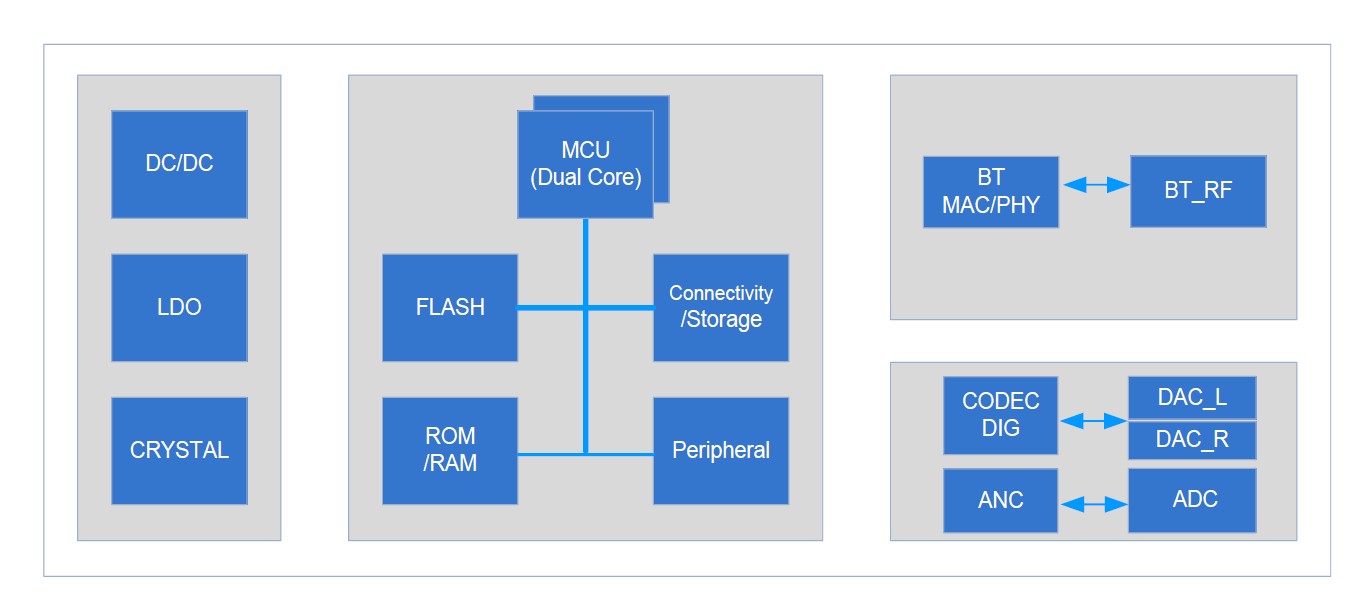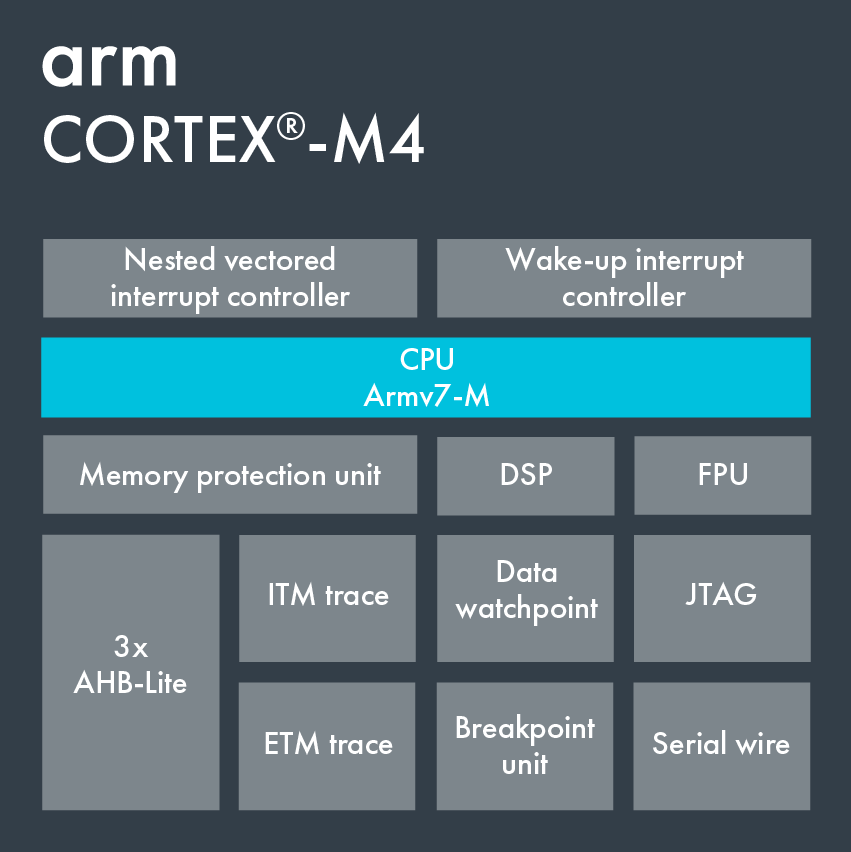Difference between revisions of "PineBuds Pro"
| Line 49: | Line 49: | ||
PineBuds Pro doesn't have wireless charging by default, but you can add it. However, you need to know how to disassemble the charging case and solder the component to the PCB. | PineBuds Pro doesn't have wireless charging by default, but you can add it. However, you need to know how to disassemble the charging case and solder the component to the PCB. | ||
Pine originally planned to have wireless charging for the PineBuds Pro, but apparently for cost reasons they decided to cancel it. However, they left footprints on the PCB for wireless charging component. They also desiged | Pine originally planned to have wireless charging for the PineBuds Pro, but apparently for cost reasons they decided to cancel it. However, they left footprints on the PCB for wireless charging component. They also desiged COPO CP2021 component to be used. | ||
# First open the lid and then try to press the case from the front edge with a plectrum or a thin card. There are two clips on each side. | # First open the lid and then try to press the case from the front edge with a plectrum or a thin card. There are two clips on each side. | ||
Revision as of 14:59, 14 January 2023
The PineBuds Pro are open firmware capable ANC wireless earbuds. Some of the notable features include their light weight, 3 Microphones, ANC (Active Noise Cancellation), ENC (Environment Noise Cancellation) and high fidelity 6mm speaker. It is a fully community-driven side-project which anyone can contribute to, allowing you to keep control of your device even though hardware is proprietary.
Short overview / Specifications
Dimensions:
- Earbud: WIP
- Charging case: 70 x 50 x 35mm (source)
Weight:
- Earbud: 5g
- Charging case: 65g
IP Rating of Earbuds: IPX4
Dynamic transducer (speaker): 6mm
Microphone: 3 – FeedForward, FeedBack, Talk
System on Chip (in each earbud): BES 2300YP
- CPU: Dual-core 300MHz ARM Cortex-M4F
- ROM: 448KB
- SRAM: 992KB
- BT shared SRAM: 64KB
- Flash: 4MB (Endurance erase cycles: >500)
Communication:
- Bluetooth: Bluetooth 5.2 dual-mode compliant
- USB: USB to dual UARTs at charging case
Battery:
- Earbud: Built-in LiPo 3.7V 40mAh
- Charging case: Built-in LiPo 3.7V 800mAh
Port:
- Earbud: 4 pins
- Charging case:
- 4 pogo pins
- USB type-C port 5V 500mA
Software releases
Firmware Images Build
Flash back factory default firmware using Windows based utility:
- PineBuds Pro Windows based programmer utility user manual
- PineBuds Pro Windows based programmer utility
- PineBuds Pro factory default firmware build
- PineBuds Pro factory default OTA build
SDK Release
Wireless charging
Please help to review and edit this page or section. Information are subject to change.
PineBuds Pro doesn't have wireless charging by default, but you can add it. However, you need to know how to disassemble the charging case and solder the component to the PCB.
Pine originally planned to have wireless charging for the PineBuds Pro, but apparently for cost reasons they decided to cancel it. However, they left footprints on the PCB for wireless charging component. They also desiged COPO CP2021 component to be used.
- First open the lid and then try to press the case from the front edge with a plectrum or a thin card. There are two clips on each side.
- Soon the case will snap open.
- You can now see the AC1/AC2 footprints. The coil component should be soldered to these.
- There is plenty of space, tape the coil to the bottom of the case.
- Close the charging case.
SoC and Memory Specification
- Based on BES 2300YP
SoC Architecture
- CMOS Single-chip Fully-integrated RF, PMU, Audio CODEC and Cortex-M4F CPU
- Memory Features:
- 4MB Serial Flash On-chip for Custom Program
- Internal ROM 448KB for critical constants and code
- Internal SRAM 992KB for critical data and code
- BT Features:
- Bluetooth 5.2 dual-mode compliant
- Audio Features:
- Support BES Intelligent Bluetooth Retransmission (IBRT)
- Support FF/Hybrid ANC
- Dual MICs noise reduction
- Echo Cancellation
- Support low power voice activity detection
- Multi-band EQ and Bass enhancement
- Support Active Crossover
- Support TWS
- HiFi Stereo Audio DAC: 120dB SNR, 110dB DNR
- HiFi Stereo Audio ADC: 100dB SNR
- Sample rates from 8 kHz to 384 kHz
- Support dual/single Mic noise suppression
- Support ambient awareness
- Support talk through
- 24-bit audio processing
- PMU Features
- 3.1V-5.5V Input for VBAT
- Internal LPO for low power mode.
- DCXO with internal oscillator circuit
- Internal temperature sensor
Information, Schematics and Certifications
- Charging Case with two Left and Right earbuds
- Input Power: DC 5V @ 0.5A USB Type-C
- Document:
- Schematic:
- Certifications:
Datasheets for Components and Peripherals
- BES 2300YP SoC information:
- Charging Case:
- EarBuds:



